Sightseeing Spots
Search Results314
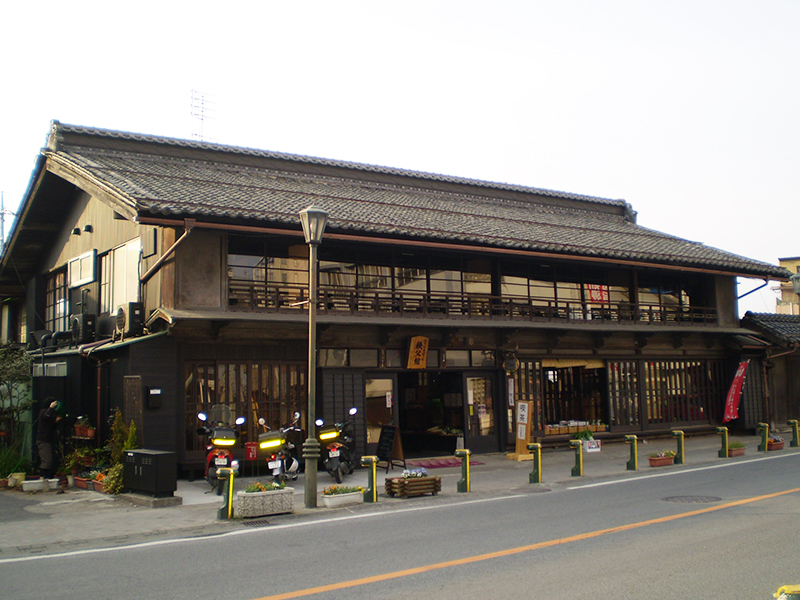
This facility is a center for socializing and tourism established in the early Meiji period merchant's inn, "Chichibu-Kan," which was renovated in a way to preserve its original appearance. The first floor is a free rest space with a large irori (sunken hearth) surrounded by rental boxes where citizens can display and sell their handicrafts and ceramics. Whether you're searching for tourist information or would like mingle with the locals, we hope you will visit Hot Spot Chichibu-Kan!
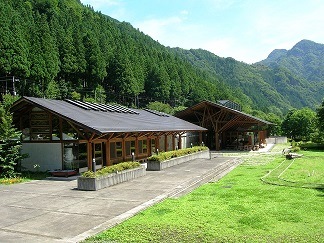
The Saitama Forest Science Museum is a place where visitors can learn about both forests and forestry and deepen their understanding of the roles of forests and forestry. The Museum was built by Saitama Prefecture to encourage and support the local forestry industry.

Located only a 5-minute walk from Yoshikawaminami Station on the JR Musashino Line, this is the largest park in Yoshikawa City. From Miharashi Hill, you can see the adjacent pond and multipurpose plaza. There is also a playground with a variety of equipment which can be enjoyed by both children and adults.
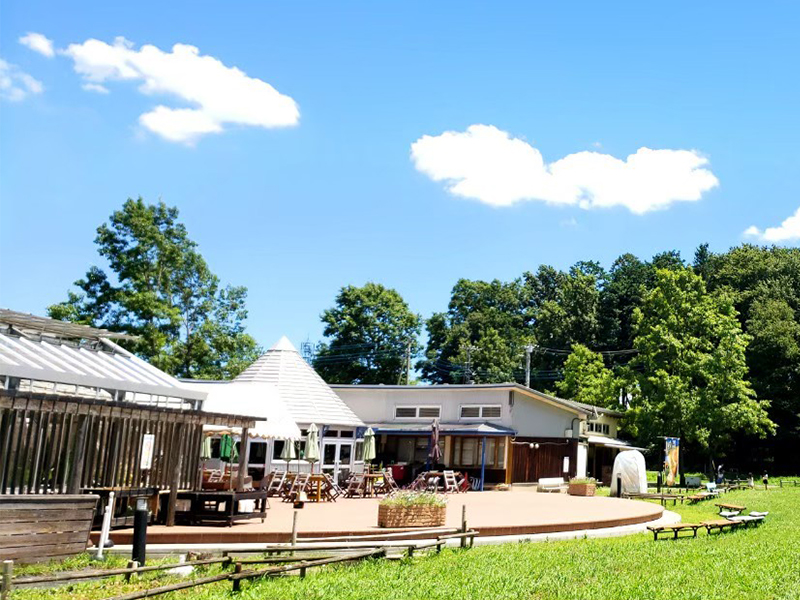
Atarashii Mura, or The New Village, is an agriculture-themed tourist facility. There is a market in the facility called "Mori no Ichiba Yui" that sells fresh vegetables produced by the local farmers of Atarashii Mura. There is also a cafe called "Mori no Cafe," where visitors can enjoy a drink or light meal. Lastly, at the facility, "Noh no Ie," they host hands-on experiences and lectures on agriculture and food, offer facility rentals, and have an herb garden of more than 100 different species where hands-on harvesting experiences for lavender and mint are available. They also grown their own rice, a popular product.
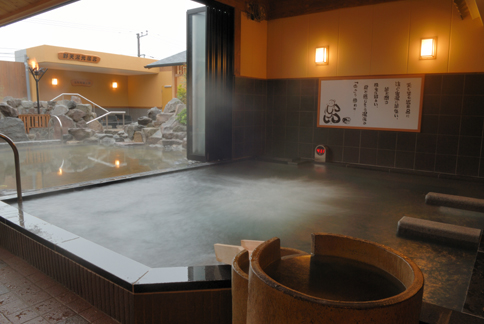
Enjoy natural hot spring open-air baths and Ganban yoku (hot stone baths) made from black silica, just a few of the ten unique baths prepared to wash your fatigue away. Enjoy a relaxing meal or foot bath surrounded by a traditional townscape that will make you feel like you have traveled back in time. In addition, there are many refreshment rooms for massage and body scrub treatments, allowing for maximum leisure! Enjoy “healing and moisture” to your heart’s content.
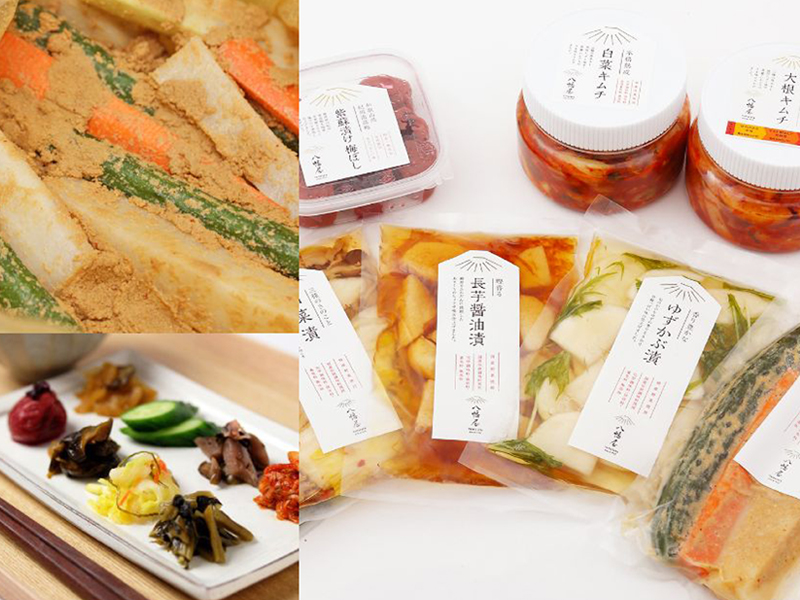
A fermentation theme park run by Pickles Corporation, a tsukemono (Japanese pickles) maker. There are select shops for fermented foods, cafes, restaurants, and workshops available. You can eat dishes made with koji (rice with added fermentation culture) and lactic acid bacteria, and buy pickles and fermented foods carefully selected from all over the country.
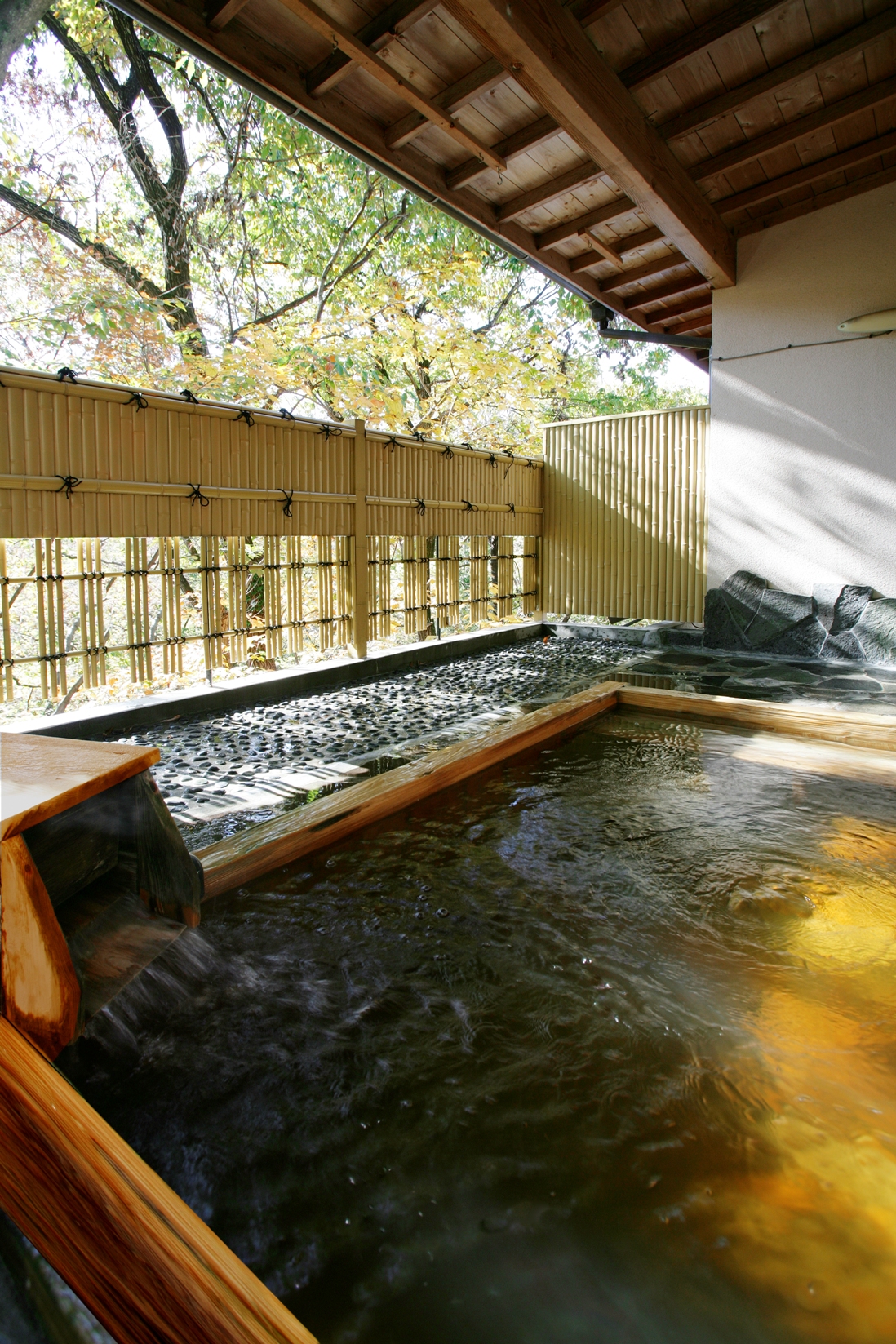
This single-house inn sits high in the mountains, encircled by deciduous trees and the sounds of seasonal birdsong. Located in a forest near the Terasaka Rice Terrace, this inn has been well-loved since its establishment for its “Yakusō-no-yu" (medicinal herb bath). The pride of the lodge is the medicinal herb bath which contains chameleon plant and Japanese mugwort, which improve blood circulation and warm the body to its core. One can expect relief from fatigue and improved skin.
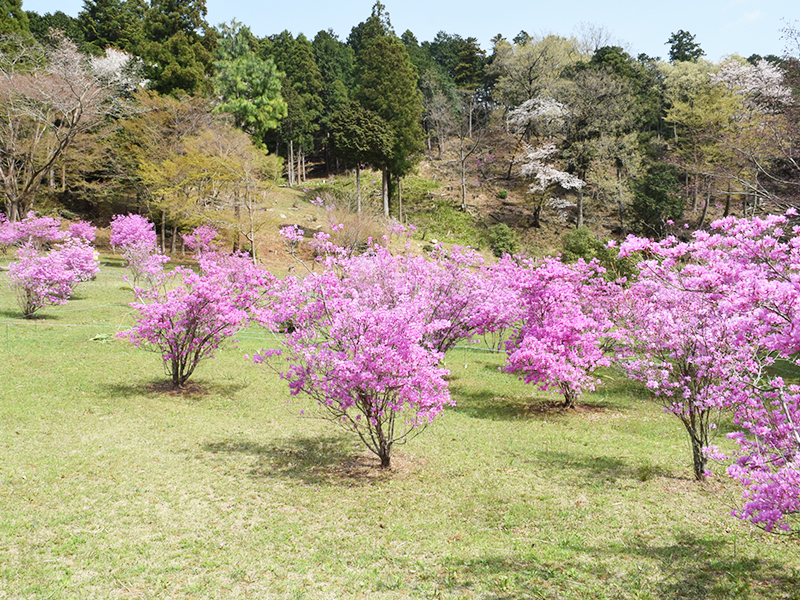
This flower garden, dedicated to a variety of early-blooming azalea called Rhododendron dilatatum (mitsuba tsutsuji), was born from the cultivation of this piece of mountain forest over a span of 10 years. In early April, roughly 2500 flowers bloom creating a world of stunning floral beauty!

This single-floor wooden house, built using the 'Sukiya' architectural style, has been praised and written about by the Japanese literature researcher Donald Keene. The facility now serves as a place to introduce the Sōka area's culture of tea ceremony, flower arrangement, and classical instruments such as koto and shamisen. Furthermore, the facility is also open as a resting area where visitors can enjoy a cup of tea for a small fee.
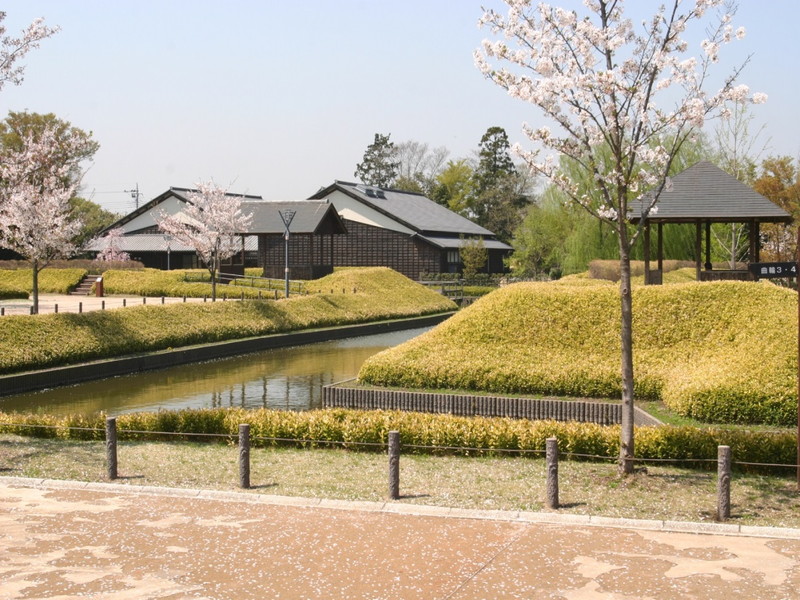
The Nanbata Castle Park Museum is located in the middle of a long and narrow park, straddled by divisions of east and west sides, with a replica of the Nanbata Castle in the "Shiroato Zone" on the east side, and relocated kominka (old residences) in the "Kominka Zone" on the west side. In the "Shiroato Zone" are the restored enclosure, water moat and earthwork mounds of the Nanbata Castle from the Sengoku Period. Visitors can enjoy the changing seasonal scenery of the water lilies and other wetland plants growing in the water moat. In the “Kominka Zone” are two relocated and restored early Meiji period private residences and the gate of a townhouse that are designated city cultural properties. Annexes such as a granary (kokugura), library (bunkogura) and barn (naya) were newly built to replicate Fujimi City's nostalgic farmhouse scenery. In the granary, visitors can watch videos about local performing arts and the restoration of the old farmhouses. The regional exchange facility, "Chokkura," is also connected to the building, where visitors can purchase local produce and souvenirs.
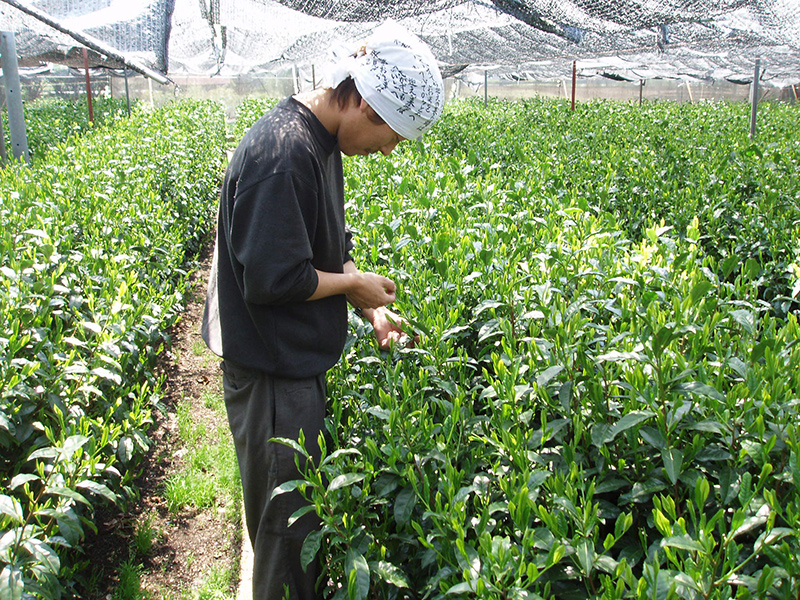
Our tea factory holds tours, and we lead tea picking experiences during the new tea season (around May 20th, end of June). There is also a direct sales office where you can buy our products cheaper than in regular stores (10% off bags of tea leaves, some products are excluded).
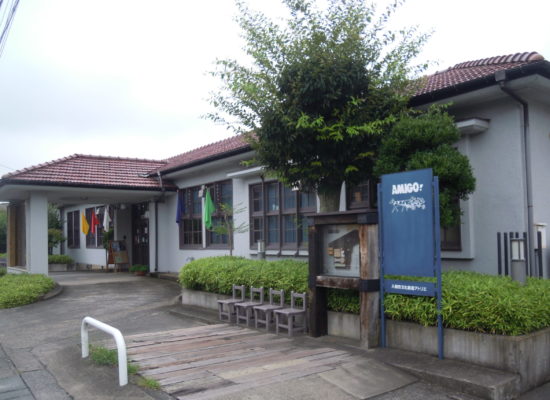
The Iruma City Cultural Creation Atelier is commonly known as “AMIGO!” In Spanish, "amigo" means “friend” or “fellow.” The name reflects the effort we put into providing enjoyable activities for everyone at our facility. The exclamation point emphasizes the sharing of information and forming of new friendships! We strive towards our goals with passion and a hard-working attitude, leading activities related to dyeing and textiles.
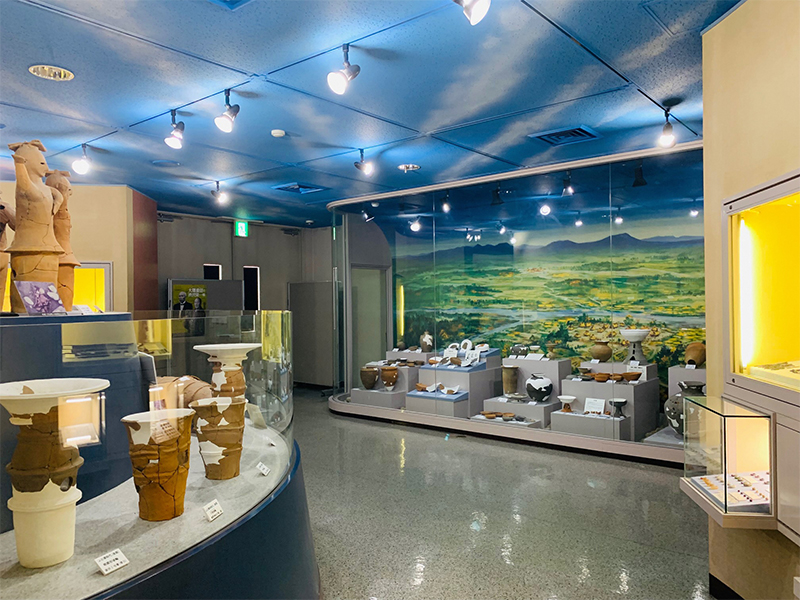
Here you can see the only castanet-playing haniwa (clay figurine) and dancing female haniwa (clay figurine) ever found in Japan! In addition to the many earthenware and stone tools on display, you'll get an introduction to the life of Kiku Nishizaki, the first Japanese female seaplane pilot and great historical figure of Kamisato, who was the model for the heroine of an NHK TV series.
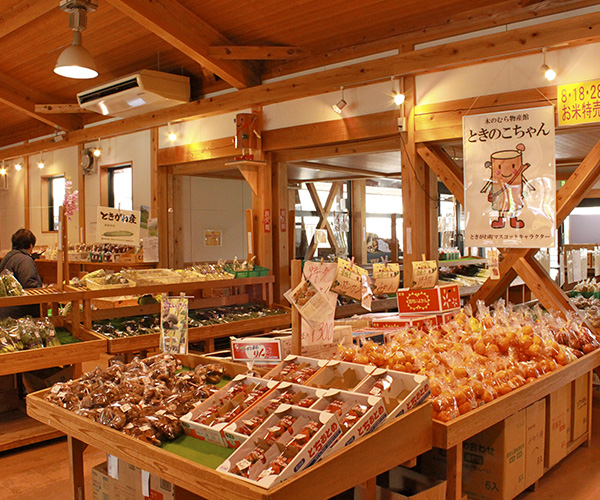
You can feel the warmth of the trees in this energetic store brimming with fresh vegetables, eggs and readymade side dishes (souzai) supplied by over 130 local farmers. Outside are stalls run by meat suppliers selling yakitori, and junmai dango (pure rice dumplings) are also available. This store is popular even with the local people. The items brought in for sale by the farmers are limited to one day only. We are committed to freshness!

Our building is located on the historical site of the Kamakura period samurai palace “Sugaya-yakata” which transitioned to the castle “Sugaya-jō" during the Sengoku period. Opened in April of 1976 as the Saitama Prefectural Historical Data Museum, the museum was later relaunched on April 1st, 2006 for reorganization and maintenance of the prefectural museum facility. Focus was given to the collection, storage, and conducting of research on archaeological materials related to the Sugaya-yakata sites and medieval historical sites such as medieval castle buildings, and to utilize these materials for the development of education, learning, and culture. At that time, the name of the museum was changed to its current name. (For more information regarding the facility, please refer to the URL below.)
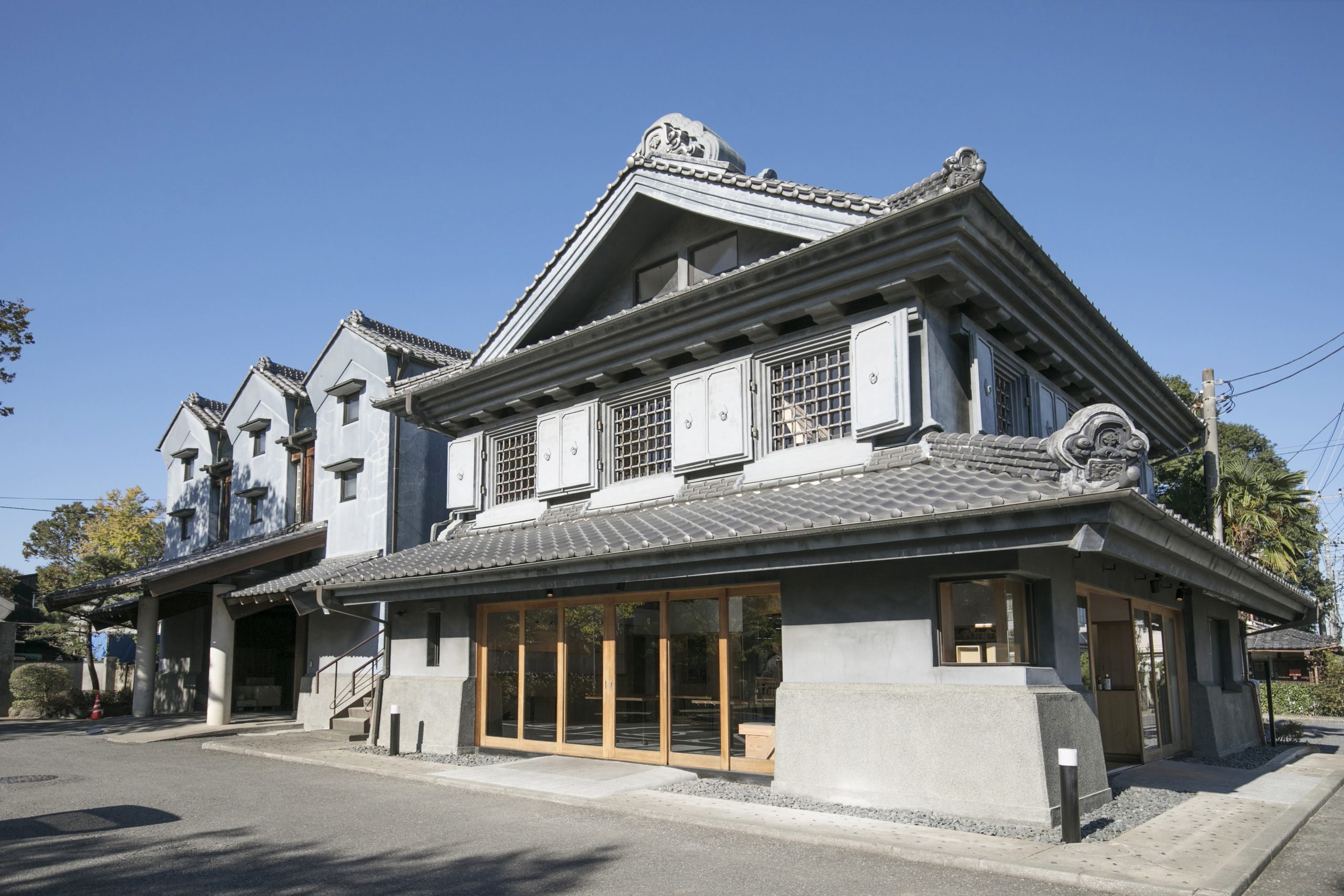
At “Kinbue Syoyu Park” (Soy Sauce Theme Park) in Kawashima-machi, Saitama Prefecture, visitors can enjoy "eating," "learning," "shopping" and "playing" at the "Kinbue Soy Sauce School," a soy sauce brewery factory tour, and the "Soy Sauce Brewery Restaurant." The museum is managed by Fueki Syōyu, a long-established soy sauce brewery founded in 1789. (For more information regarding the facility, please refer to the URL below)
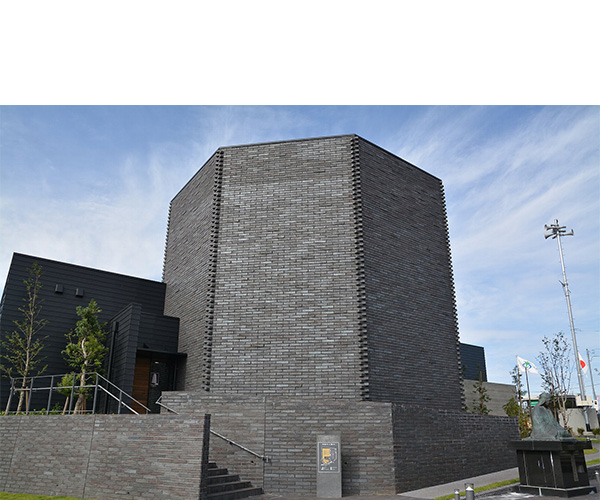
The Hanawa Hokiichi Memorial Museum commemorates Hanawa Hokiichi, a blind scholar of Japanese studies (kokugaku) in the mid-Edo period. Apart from the famous collective title Gunsho Ruijyū and its raw lumber, there are approximately 200 archives on display inside the building. You can see a hand-stitched purse from his mother, a treasured possession he held dear throughout his life, and many other personal articles. The exhibition room also has a section for videos and audio tours.
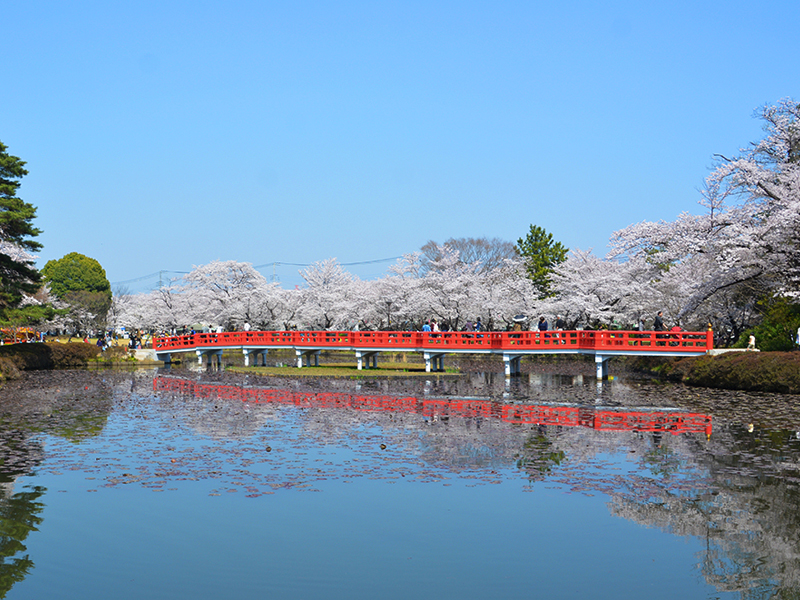
Built on the ruins of Iwatsuki Castle, this park has lush natural trails and wide, open spaces, and is a popular place of relaxation for the local people. There is also a tennis court, baseball field, playground equipment, a picnic area with a fountain, a pond covered by a vermillion-lacquered zigzag bridge, and a vintage Tobu Railway Romancecar "Kinu No.1" on display, making this park enjoyable for all ages! In the spring, the park is known for its 600 cherry blossom trees and the lively events it sponsors.
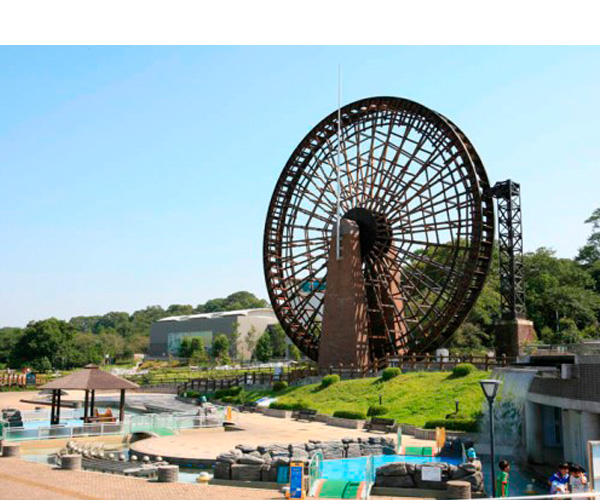
The Saitama Museum of Rivers is an experience-oriented comprehensive museum centering around the Arakawa river with the theme of water and the livelihood of people.
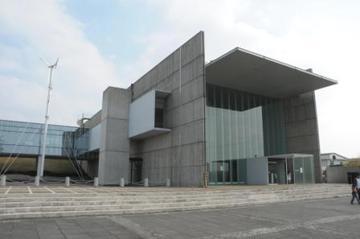
The Center for Environmental Science in Saitama is a core institution of environmental sciences which combines an environmental education center and the national institute for environmental studies in one facility. We offer various exhibitions and events through which local residents can study about the environment. Renovations were completed in 2020, and a new exhibition hall, “Sai Kankan,” has been added. Please come and see the changes for yourself in this eye-catching renewal! The giant theater in Sai Kankan Dome has an enormous screen that fills your entire field of vision. There are two shows: “A Chapter on the Earth’s Environment,” which takes on global environmental issues, and “A Chapter on the Biological Environment,” which views environmental issues through the lens of a dragonfly. There are 42 seats available.
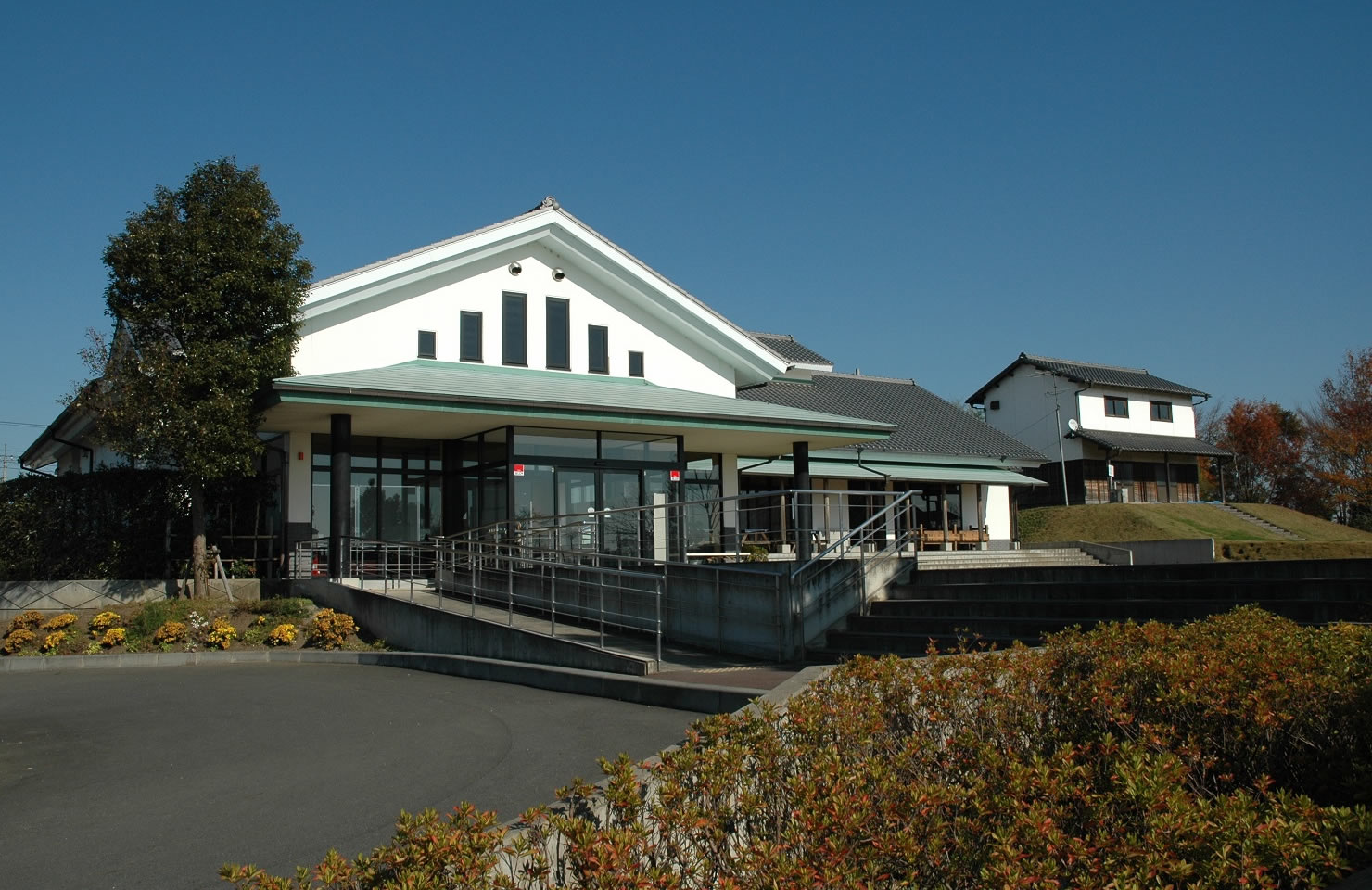
At this facility visitors can get a farming experience not obtainable in the city, such as rice growing and vegetable harvesting. Become the owner of your own rice field and plant and reap your own rice, or experience harvesting greenhouse strawberries. In the attached Kitagawabe History Museum, there are agricultural tools on display created from the wisdom and ingenuity of predecessors.
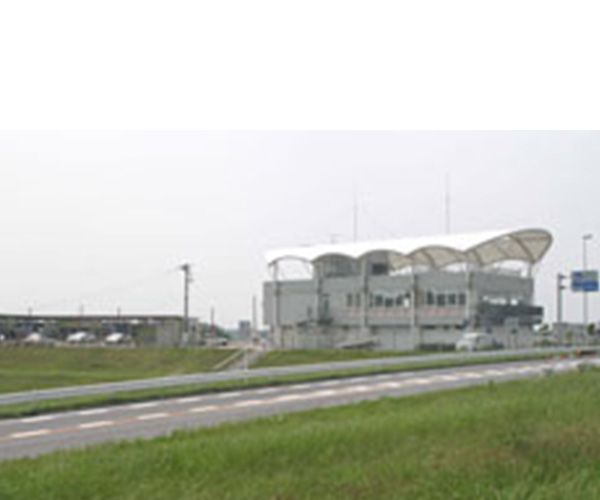
A roadside station with a full view of Watarase-yusuichi (a vast wetland and vibrant wildlife habitat). There is a facility selling products such as Koshihikari brand rice, grown on the fertile land of Kitakawabe area, and fresh local vegetables such as the Momotarō tomato. The richly flavored handmade soba available at the farm restaurant is also very popular, with many repeat customers. This new attraction is very unique to Japan as it straddles three prefectures, resulting in the roadside station being responsible for its overall promotion.
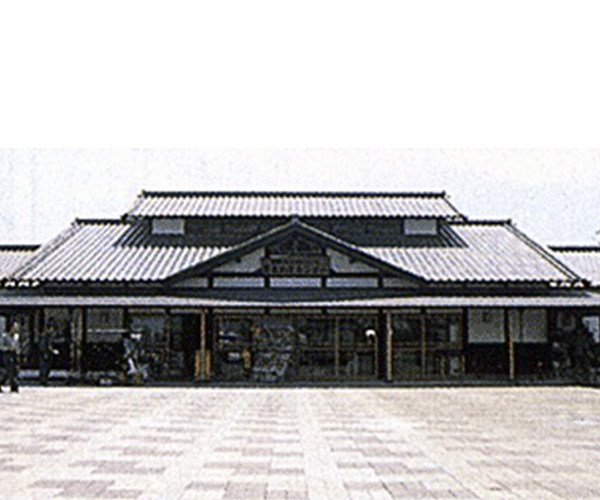
This is the birthplace of “Kan’ichi Shimofusa,” a musician and producer of many famous nursery rhymes. It is said that the atmosphere of the old town of Ōtone was his inspiration when composing songs such as “Tanabatasama,” “Nogiku” and “Hanabi.” “Ōtone Koshihikari” rice, harvested with plentiful water and one of the leading varieties “delicious Koshihikari” rice from Saitama, is sold here as “Dōyō no Furusato Ōtone" (hometown of nursery rhymes, Ōtone).

Your tour of the Chichibu region and nature-filled Yokoze starts here! Find out more about tourist destinations, seek out new flavors, and find all the information you need for restaurants and lodging. It's an information office full of vibrant energy ♪ There are also rental cycles and Mt. Buko goods for sale, so please feel free to stop by!
This site uses cookies to improve the user experience. If you continue to browse, you consent to the use of cookies on this site. Accept
CONTACT
